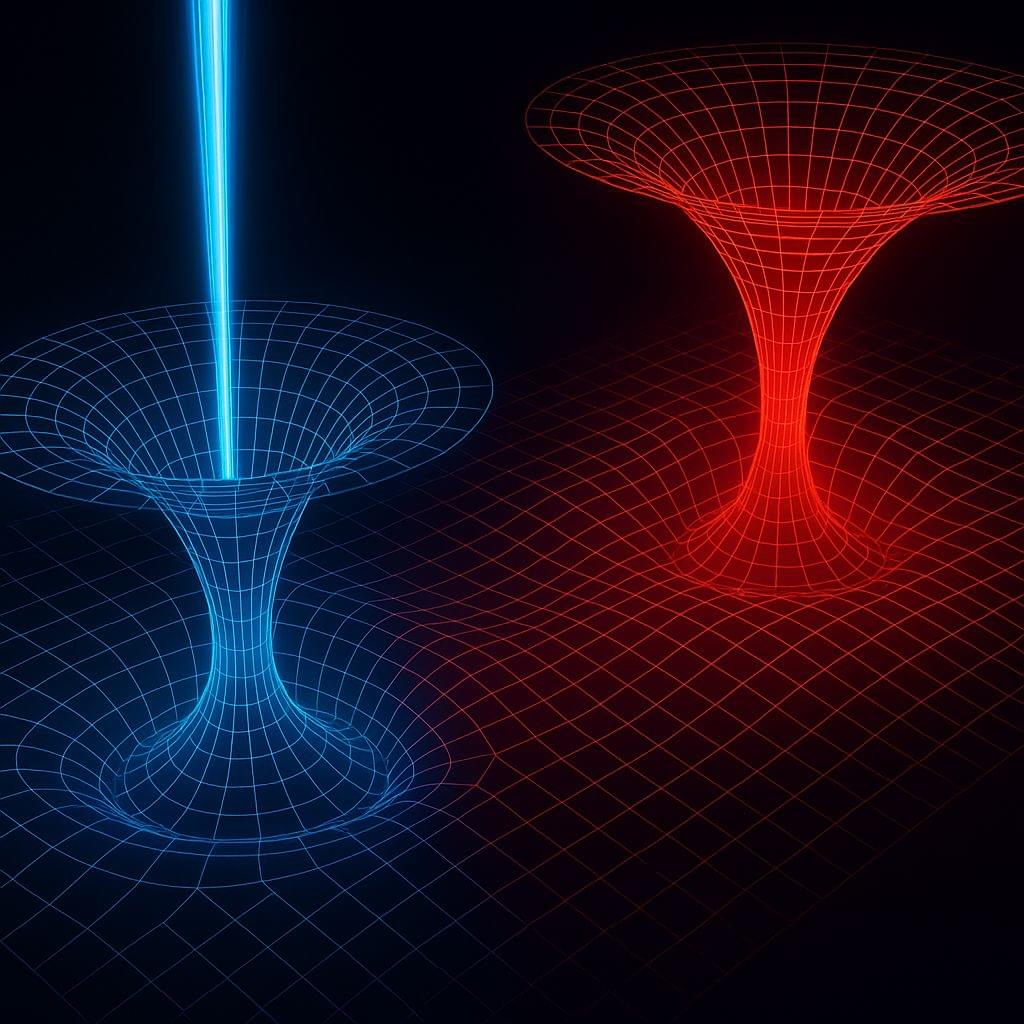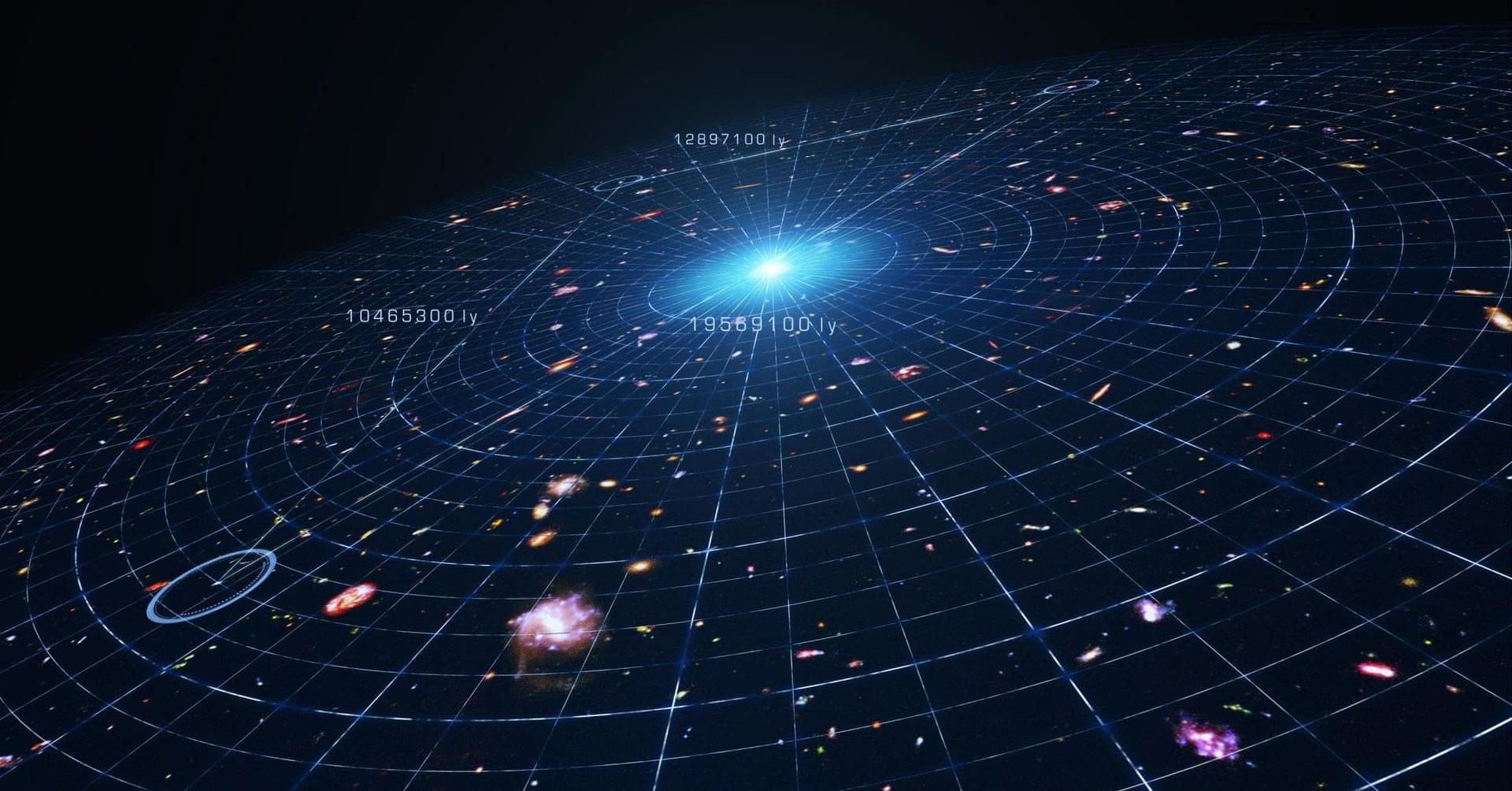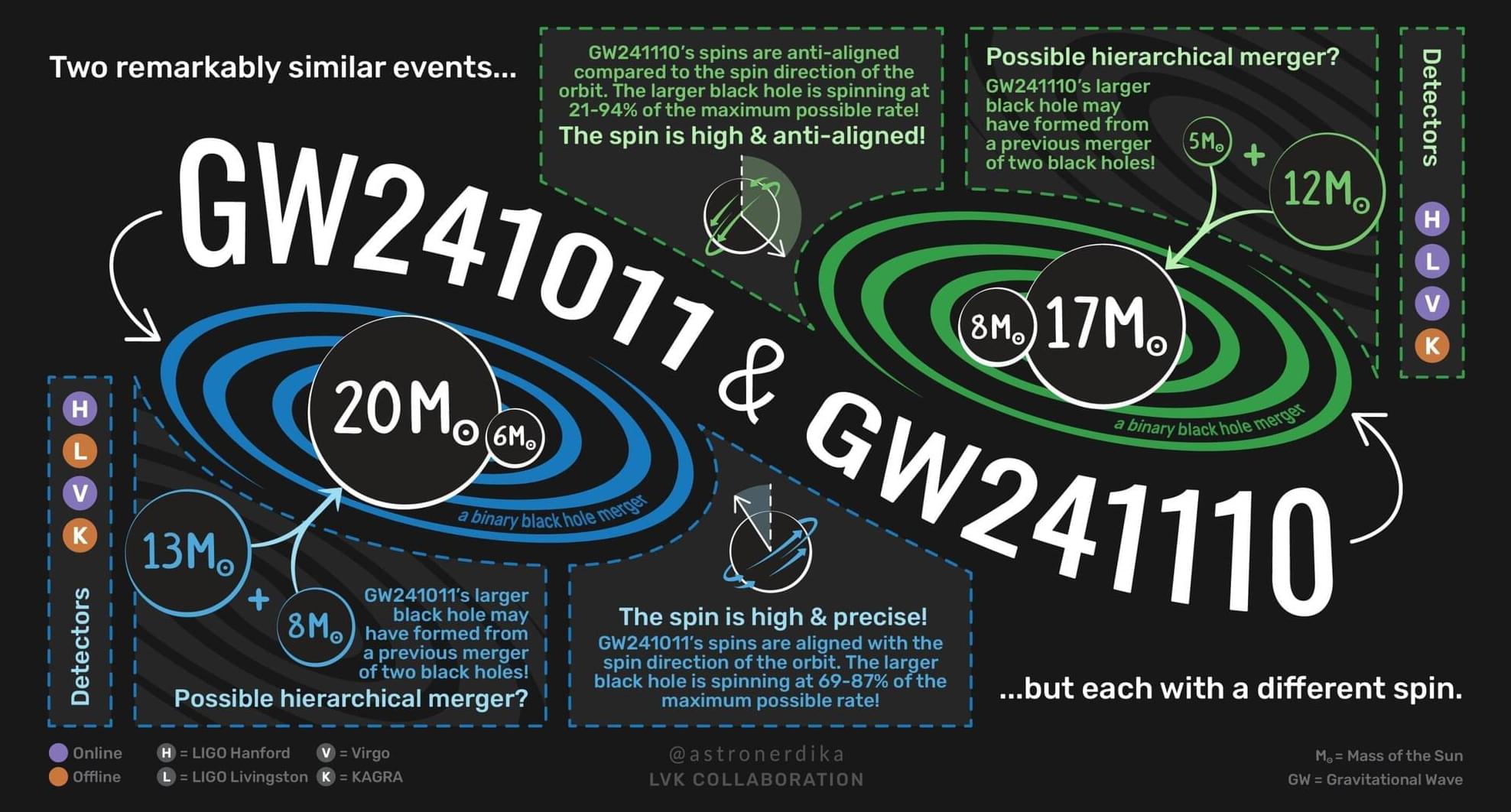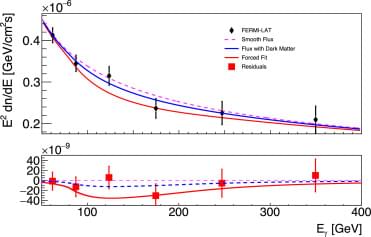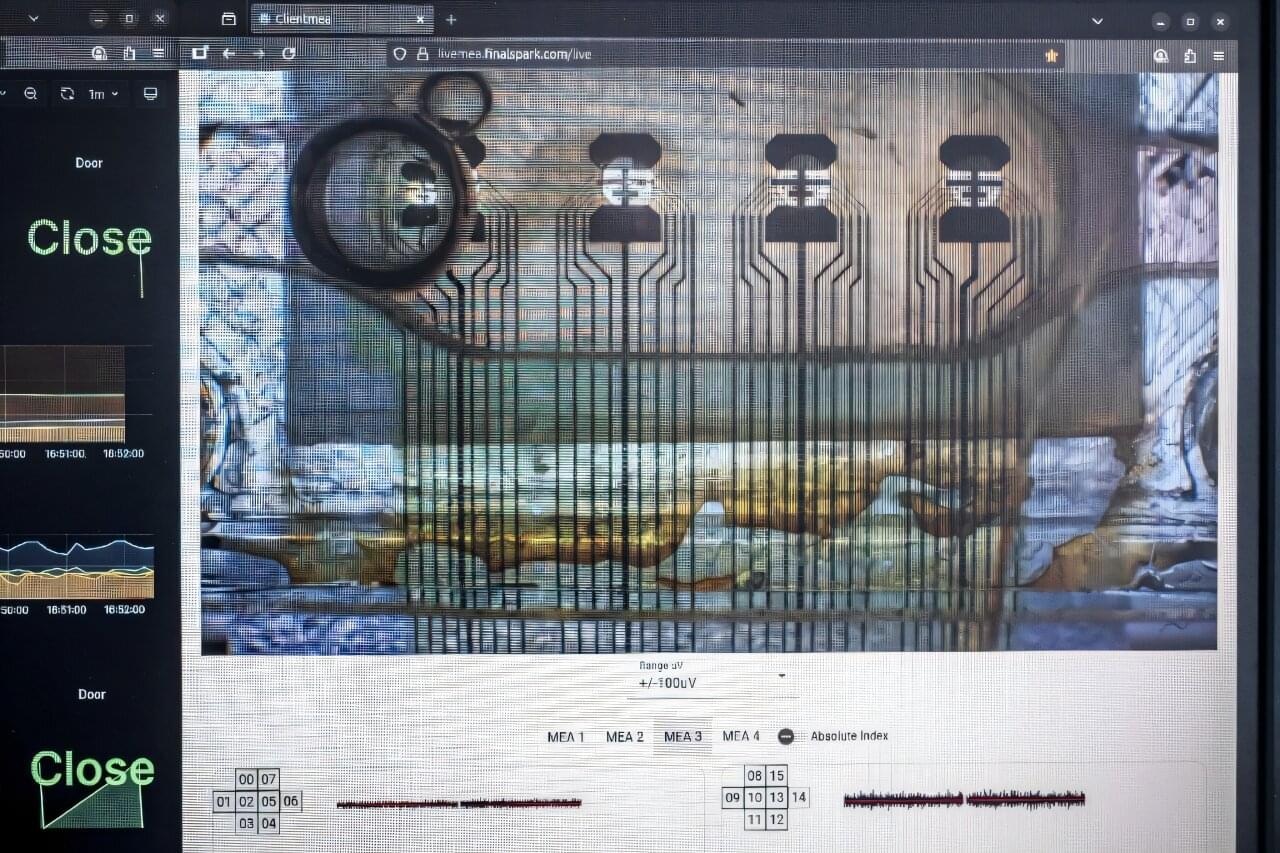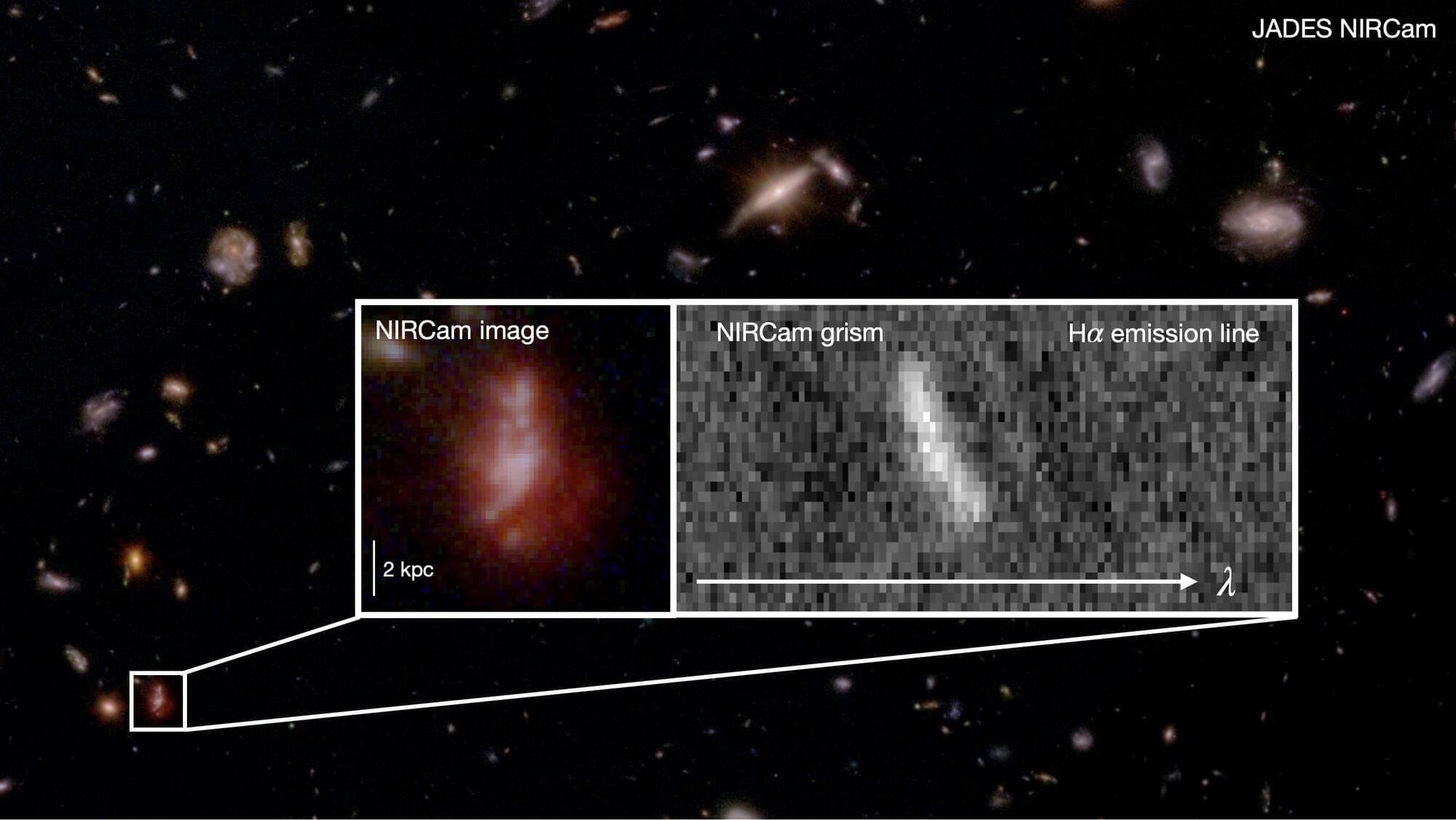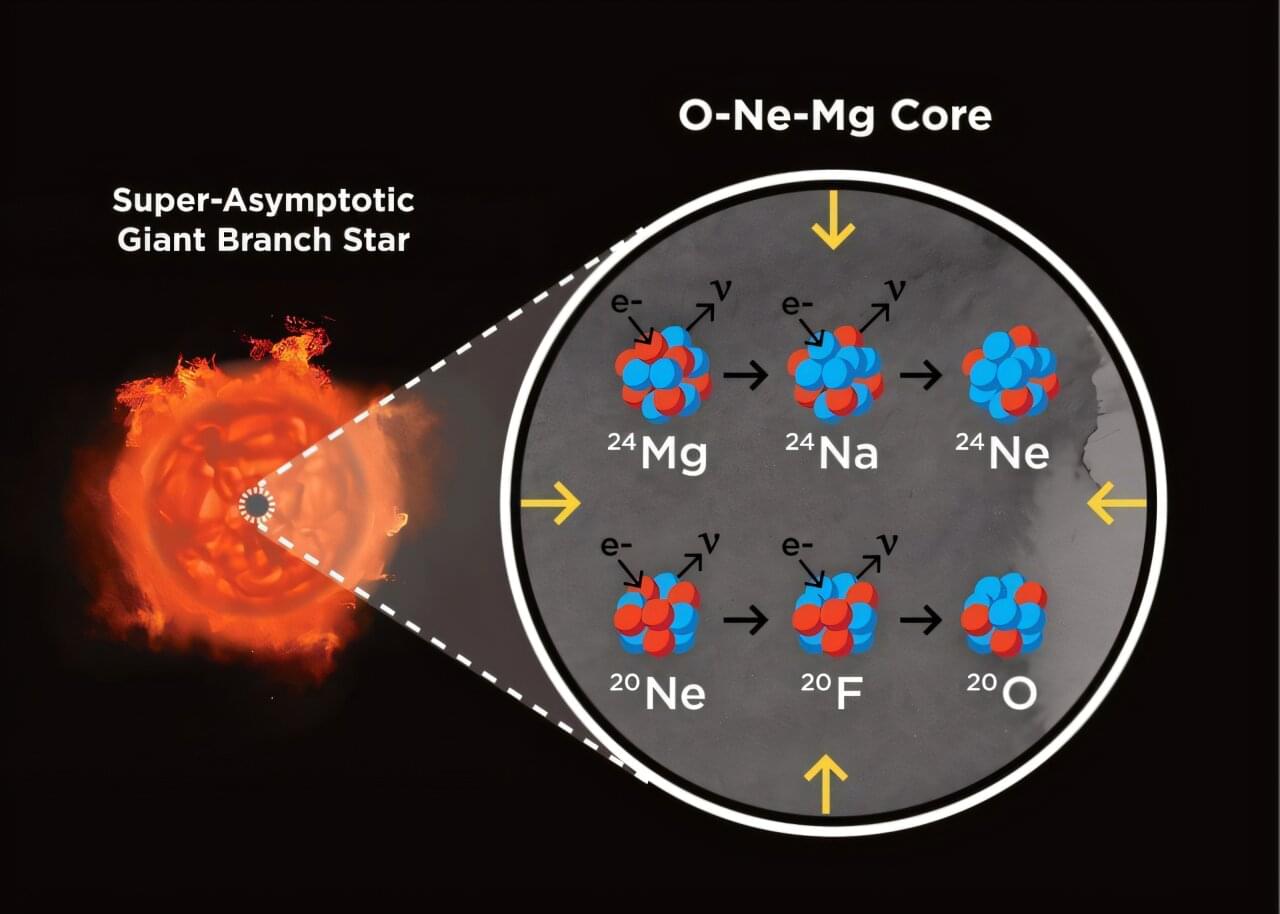When a Black Hole Becomes a White Hole — and Shoots a Jet Across the Universe.
🌌 Have you ever wondered what happens inside a black hole — where physics seems to break? Einstein’s equations say it collapses forever… but quantum geometry tells a different story.
At the tiniest scales, spacetime itself pushes back. When curvature becomes extreme, a hidden repulsive side of gravity awakens — a mirror twin of the usual attraction. We call this curvature duality:
